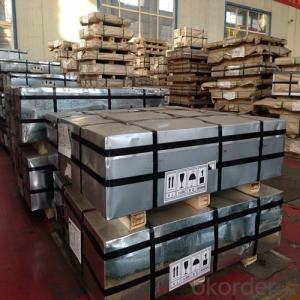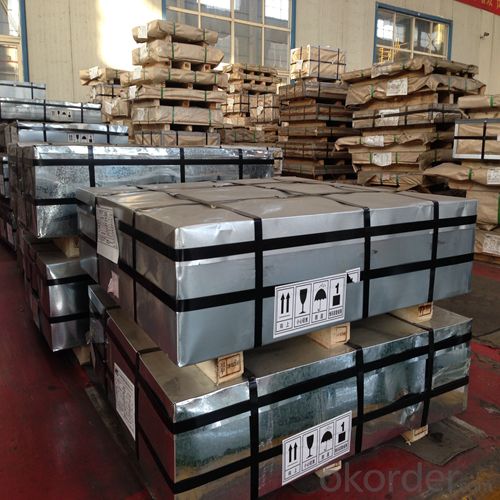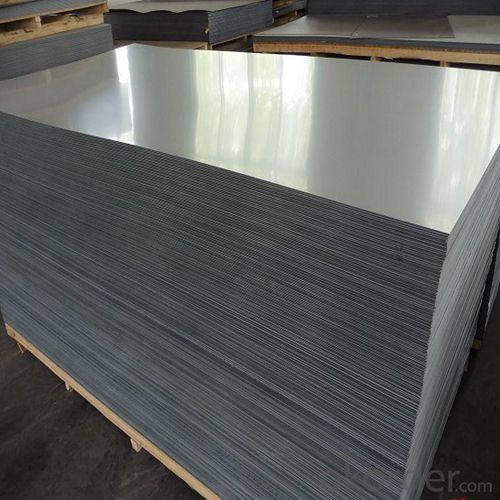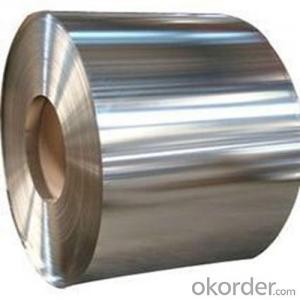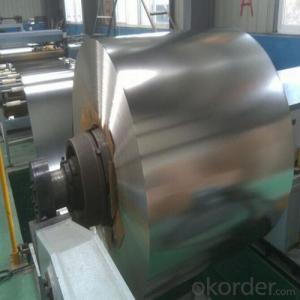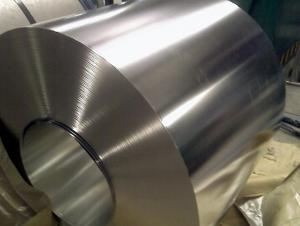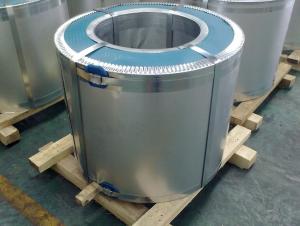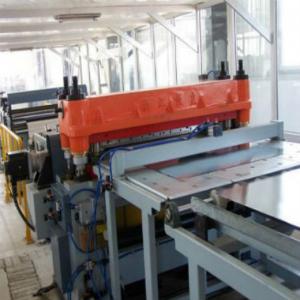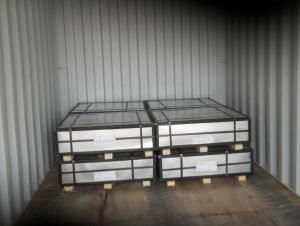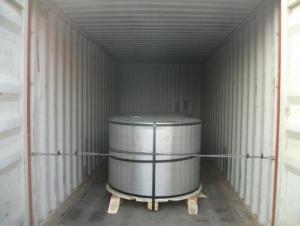Prime Electrolytic Prime ETP Tinplate for Food Metal Packaging
- Loading Port:
- Tianjin
- Payment Terms:
- TT OR LC
- Min Order Qty:
- 25 m.t
- Supply Capability:
- 30000 m.t/month
OKorder Service Pledge
OKorder Financial Service
You Might Also Like
1.Structure of Prime Electrolytic Prime ETP Tinplate for Food Metal Packaging Description
Electrolytic Tin Plate Coils and Sheets for Foods Metal Packaging, is one thin steel sheet with a coating of tin applied by electrolytic deposition. Tinplate made by this process is essentially a sandwich in which the central core is strip steel. This core is cleaned in a pickling solution and then fed through tanks containing electrolyte, where tin is deposited on both sides. As the strip passes between high-frequency electric induction coils, it is heated so that the tin coating melts and flows to form a lustrous coat.
2.Main Features of the Prime Electrolytic Prime ETP Tinplate for Food Metal Packaging
Appearance – Electrolytic Tin Plate is characterized by its beautiful metallic luster. Products with various kinds of surface roughness are produced by selecting the surface finish of the substrate steel sheet.
Paintability and printability – Electrolytic Tin Plates have excellent paintability and printability. Printing is beautifully finished using various lacquers and inks.
Formability and strength – Electrolytic Tin Plates have got very good formability and strength. By selecting a proper temper grade, appropriate formability is obtained for different applications as well as the required strength after forming.
Corrosion resistance – Tinplate has got good corrosion resistance. By selecting a proper coating weight, appropriate corrosion resistance is obtained against container contents. Coated items should meet 24 hour 5 % salt spray requirement.
Solderability and weldability – Electrolytic Tin Plates can be joined both by soldering or welding. These properties of tinplate are used for making various types of cans.
Hygienic – Tin coating provides good and non toxic barrier properties to protect food products from impurities, bacteria, moisture, light and odours.
Safe – Tinplate being low weight and high strength makes food cans easy to ship and transport.
Eco friendly – Tinplate offers 100 % recyclability.
Tin is not good for low temperature applications since it changes structure and loses adhesion when exposed to temperatures below – 40 deg C.
3.Prime Electrolytic Prime ETP Tinplate for Food Metal Packaging Images
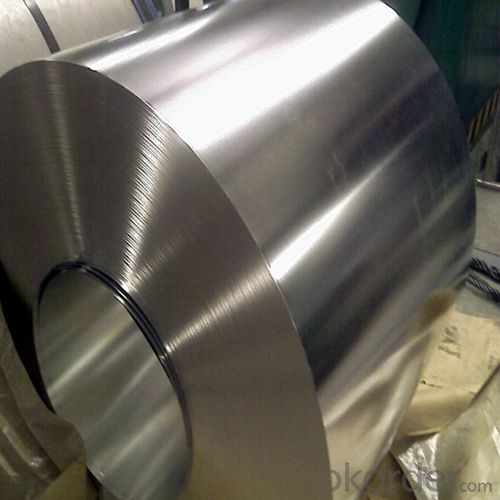
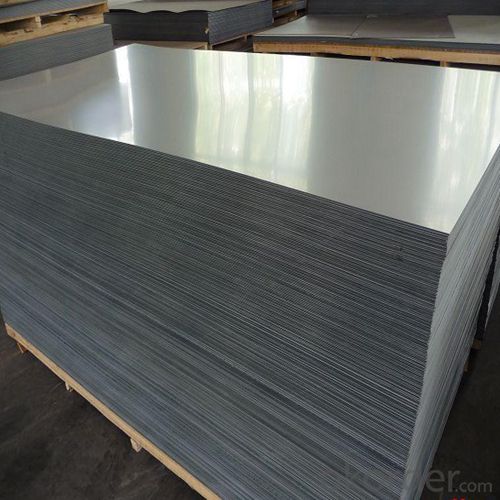
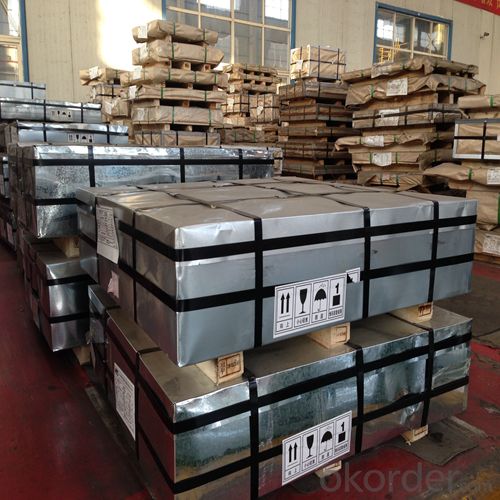
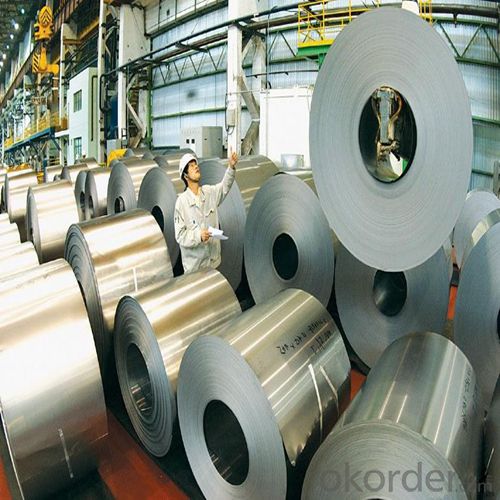
4.Prime Electrolytic Prime ETP Tinplate for Food Metal Packaging Specification
Standard | ISO 11949 -1995, GB/T2520-2000,JIS G3303,ASTM A623, BS EN 10202
|
Material | MR,SPCC |
Thickness | 0.15mm - 0.50mm |
Width | 600mm -1150mm |
Temper | T1-T5 |
Annealing | BA & CA |
Coil Inner Diameter | 508mm |
Weight | 6-10 tons/coil 1~1.7 tons/sheets bundle |
Passivation | 311 |
Oil | DOS |
Surface | Finish,bright,stone,matte,silver |
5.FAQ of Electrolytic Tin Plate Coils and Sheets for Foods Metal Packaging
-What your tinplate material is used for ?
Tinplate is widely used for the packaging of products. Such as food cans,
beverage cans, pet cans, closures, general line cans and so on.
Printed Tinplate is offered!!
-How to place .an order or contact you ?
Please send us Email. we will give you a quick response in seconds .
- How is your quality ?
All our quality is prime even the secondary quality . We have many years experience
In this field with serious quality control standard . Advanced equipment, We welcome your visit to our factory .
- Q: What are the main applications of tinplate in the telecommunications industry?
- Tinplate is commonly used in the telecommunications industry for the manufacturing of various components such as antennas, connectors, and shielding materials. Its corrosion-resistant properties make it ideal for ensuring optimal signal transmission and durability in these applications. Additionally, tinplate's ability to provide electromagnetic interference (EMI) shielding helps to prevent signal distortion and maintain the integrity of telecommunications systems.
- Q: How does tinplate perform in terms of lightness and portability?
- Tinplate is relatively lightweight and portable due to its thin and flexible nature. It can be easily carried and transported, making it a convenient choice for various applications.
- Q: How does tinplate perform in terms of chemical resistance?
- Tinplate generally offers good chemical resistance due to the protective layer of tin that is applied to its surface. This tin coating acts as a barrier against many corrosive substances, preventing them from coming into direct contact with the underlying steel. However, prolonged exposure to highly acidic or alkaline environments can potentially deteriorate the tin coating and compromise the chemical resistance of tinplate.
- Q: What are the different ways to seal tinplate containers?
- There are several different ways to seal tinplate containers, including using a metal lid with a rubber gasket, using a plastic or paper lid with a heat-sealed lining, using a twist-off cap with a tamper-evident seal, and using a peel-off foil seal.
- Q: How does tinplate contribute to the overall convenience of packaging?
- Tinplate contributes to the overall convenience of packaging due to its durability, versatility, and ability to preserve the quality and freshness of products. It provides a protective barrier against moisture, light, and oxygen, which helps extend the shelf life of food and beverages. Additionally, tinplate is lightweight, stackable, and easy to handle, making it suitable for transportation and storage. Its smooth surface allows for easy printing, enabling clear labeling and branding. Overall, tinplate packaging enhances convenience by ensuring the integrity and convenience of various products.
- Q: Can tinplate be used for industrial containers?
- Yes, tinplate can be used for industrial containers. Tinplate is a type of steel coated with a thin layer of tin, which provides excellent corrosion resistance and is commonly used in the manufacturing of cans and containers for various industrial applications.
- Q: How does tinplate packaging contribute to product visibility?
- Tinplate packaging contributes to product visibility through its glossy and reflective surface, allowing consumers to easily spot and identify the product on shelves. Additionally, tinplate packaging can be customized with vibrant colors and eye-catching designs, further enhancing the visibility and attractiveness of the product.
- Q: How does tinplate packaging contribute to product protection during shipping?
- Tinplate packaging provides excellent product protection during shipping due to its durability and strength. It acts as a sturdy barrier against external elements such as moisture, light, and air, preventing damage or contamination to the product. Additionally, tinplate packaging's ability to withstand rough handling and stacking ensures that the product remains intact and undamaged throughout the shipping process.
- Q: How is tinplate coated with organic materials?
- Tinplate is typically coated with organic materials through a process called lacquering or varnishing. The organic coating, usually a resin-based material, is applied to the tinplate surface in a controlled manner, forming a protective layer that prevents corrosion, enhances durability, and provides a decorative finish.
- Q: How does tinplate packaging contribute to product protection against odors?
- Tinplate packaging contributes to product protection against odors primarily through its excellent barrier properties. The tin layer on the surface of the packaging acts as a barrier, preventing the transfer of odors from the outside environment to the product inside. This helps to maintain the product's freshness and quality by effectively sealing off any potential odor contamination.
Send your message to us
Prime Electrolytic Prime ETP Tinplate for Food Metal Packaging
- Loading Port:
- Tianjin
- Payment Terms:
- TT OR LC
- Min Order Qty:
- 25 m.t
- Supply Capability:
- 30000 m.t/month
OKorder Service Pledge
OKorder Financial Service
Similar products
Hot products
Hot Searches
Related keywords
